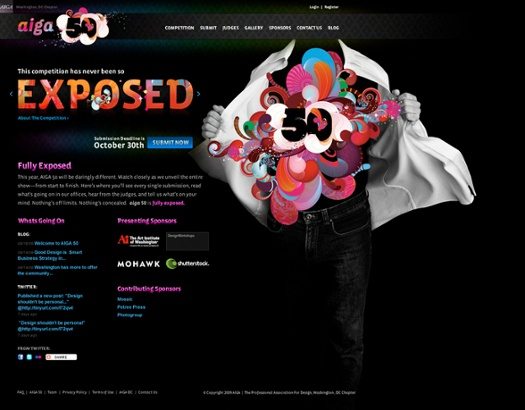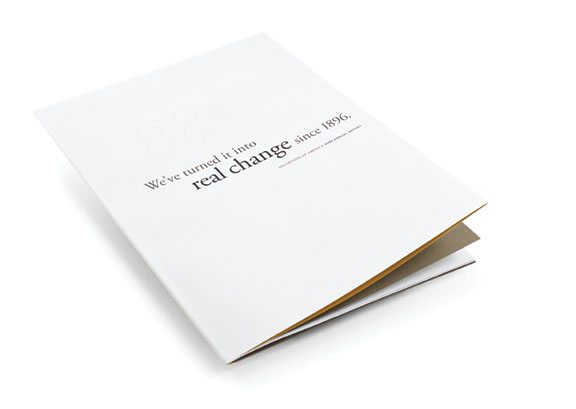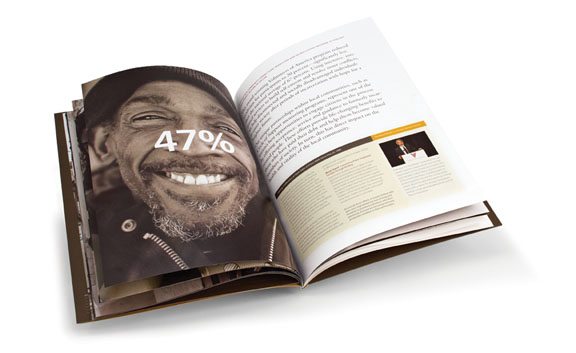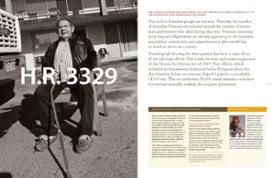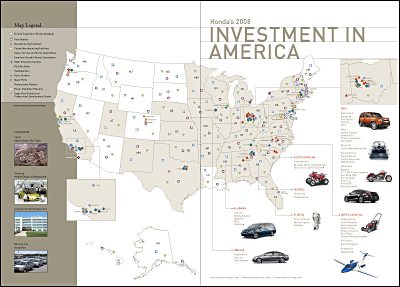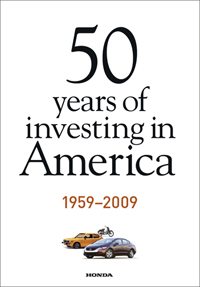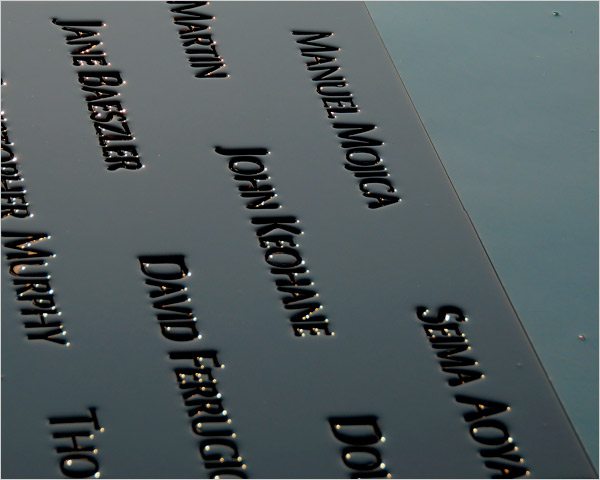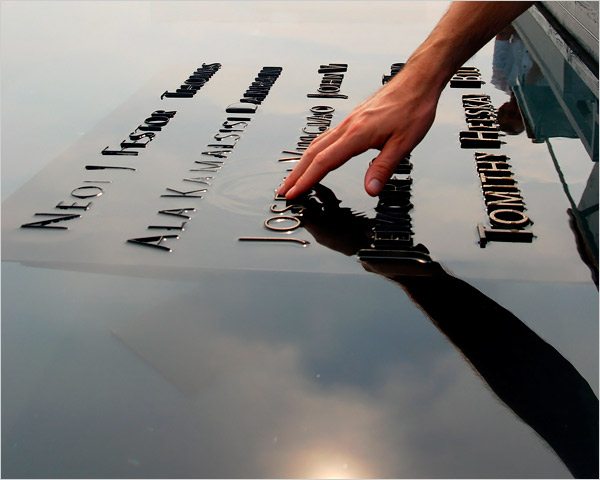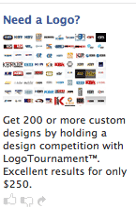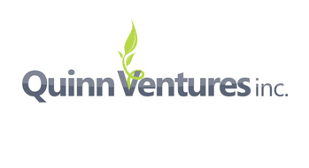We have been working with a very successful business that has been around for about 30 years. As part of a strategic plan we recommended that the company revisit their logo. And some very interesting questions were raised. How critical is a logo as part of a brand? The company has been successful as a mom and pop organization, has never done marketing, and wants to increased visibility. Will upgrading their logo add revenue or effect their bottom line positively? In this case, the company has a huge public facing infrastructure that would have to be changed; unlike some companies that would only have to revisit marketing materials and corporate stationary if its logo changed, this company could have as much as a $3-5 million price tag linked to changing a mark. Any logo change results in retooling a fleet of trucks, issuing new uniforms, new crates and new boxes in addition to building signage, business papers and marketing materials. Not an insignificant change.

It got me to thinking- how much can a logo really change things? My overall philosophy has been and continues to be that a logo is only a small part of a brand’s identity. It is signature or a punctuation mark- it is never the whole story. I often counsel clients- especially new start ups- not to spend too much time and money on logos unless there is a budget to fully support the mark. By that I mean a sum of money that is large enough to imprint a new logo on the viewers’ minds. Normally a logo becomes a strong foundation to a much larger brand exercise. And as many times as not we may only update a mark rather than create a new one if we feel that its contribution is not significant. In this case, the mark is seminal to the brand and very visible, and the current mark is somewhat problematic.
I started to look inward at our own mark to see if Grafik’s logo, untouched, could have carried us to where we are today. The flat out answer is “No”- but then again- we are playing in a visual space, so the way we portray our organization has ramifications.
Our first logo- created in the mid-seventies was created by a former partner, Alex Berry. The seventies were characterized by an abundance of warm colors and a love affair with san serif type faces- both apparent in this early version of the Grafik stationary. Sidenote- we thought we were being very hip by always using the logo rather large ( horsey now that I look at it) and always vertically. Our presentation materials were non-existent, and as a start up we created our identity on the fly.

After about 6 years we knew we needed a refresh. The company was migrating from a small boutique design firm of three or four people to a group of about 8-10 designers. We felt compelled to redesign the mark to look more “professional”. While this is a bad scan from a really old piece of stationary- this was before computers- we went for a much more conservative look.Typical of the time- the mid seventies- we opted for a soft moss green and a warm brown- subdued and subtle. Everything about the new look was restrained. We still really only viewed our brand as a logo and the way it was applied to stationary and business cards and did not really understand that it had to be used consistently. Along the way, the foundations of our brand, strong thinking, creative excellence and great client service were starting to be formed. I’m not sure that at that point we even understood who we really were- but we started to understand who we wanted to be.

By the 80’s I knew I needed to make a bold move. Our company was growing, our reputation was spreading and with the advent of the computer, our business model was evolving. I threw out a number of ideas to some of my creative staff- and decided we would have an internal competition to redesign the new look. I fully expected that one of the art directors would clinch a new look and feel. Low and behold, Dave Collins- at the time one of our youngest designers and now one of our partners, came in with the winning logo- a complete departure from where we had been. It had the swagger that our studio needed- a fresh new look and feel that symbolized a company on the move. Bold, yet restrained, we moved all of our materials to red and black- from our proposals, our pitch books to our stationary. For the first time we were getting compliments on the packaging of our proposals and on the quality of our communications. And for the first time we were starting to understand how a brand can really extend its reach.
But nothing ever stays the same. Dave’s logo carried us for about 5-6 years and in that time Grafik was growing from a design firm that had a good local reputation to a firm that had a solid reputation for branding intitiatives regionally and to some extent nationally. In the mid 90’s we realized that our good old red and black logo was dated and we went for a more refined elegant look. We were working with a lot of fashion and luxury clients and it was important to have a contemporary identity. Again we looked to one of our younger designers, Jonathan Amen, to give us a mark that had a relationship to our existing logo.
Jonathan not only revisited our mark, but he pushed us to look at an entirely new color palette and a new family of fonts. Gone was red and black as the dominant color palette. In- a soft green, an orange, a light blue and a switch from coated papers to uncoated papers. The new logo was reinforced with a series of ultra light circles that was a more sophisticated treatment than the heavier logo from the 80s. Our presentations became increasingly sophisticated but one thing was lacking. While the mark produced beautifully on paper, embossed or stamped, it was not as successful on the web. As more and more of our work became interactive we realized that we needed to capitalize on our web presence and that our current logo had limitations.
A combination of designers including Mike Mateos, Ivan Hooker and Gregg Glaviano joined to create a new mark.They kept aspects of the original “G” created by Dave Collins, and transitioned the color of the mark to a more orange-red. The new “G”, while evocative of its predecessors, stands on its own and marks the transition of Grafik from design firm to branding agency. Our logo is an accurate depiction of the Grafik brand that still values intelligence, creative and service excellence. This time, with 20 years of branding under our belt we understood the importance of brand consistency and so we changed everything from the website, to email signatures and business templates to the interior of our offices. We launched the new logo with an online video and built internal consensus by making the logo change the focus of our annual company t-shirt.

Back to the original question. Could Grafik have grown as much if we had kept the original logo? In a profession that is judged in part by style and execution, it would have been hard to use a mark created in the late 70s to symbolize the organization we have become today. Looking at successful brands there are very few that have not had to adapt to new trends, new technologies, new ways of presenting themselves. A mark that might have worked a dozen of years ago may lack the energy, sophistication or professionalism to carry the company forward. Now we even have to consider the mark’s proportions to be successful on a mobile device.
So back to the dilemma faced by my current client. The question that I posed to him was not if the old logo matched to goals and positioning that we set forth for his company today. The question posed was would the logo take the company where it wanted to be 5, 10, 20 years from now. The answer was no. It was a hard answer given the costs associated with a change. Nevertheless, it was the right answer.

 The marks in this grouping can be divided into a number of subsets:
The marks in this grouping can be divided into a number of subsets: